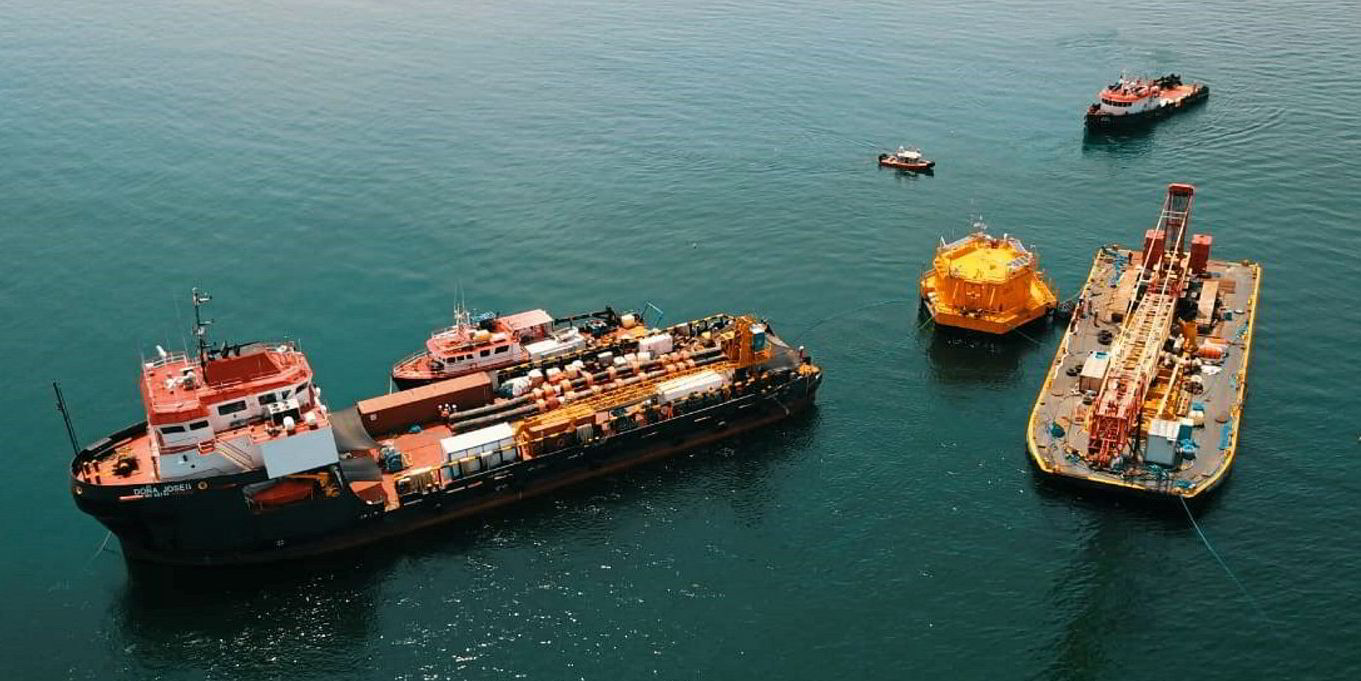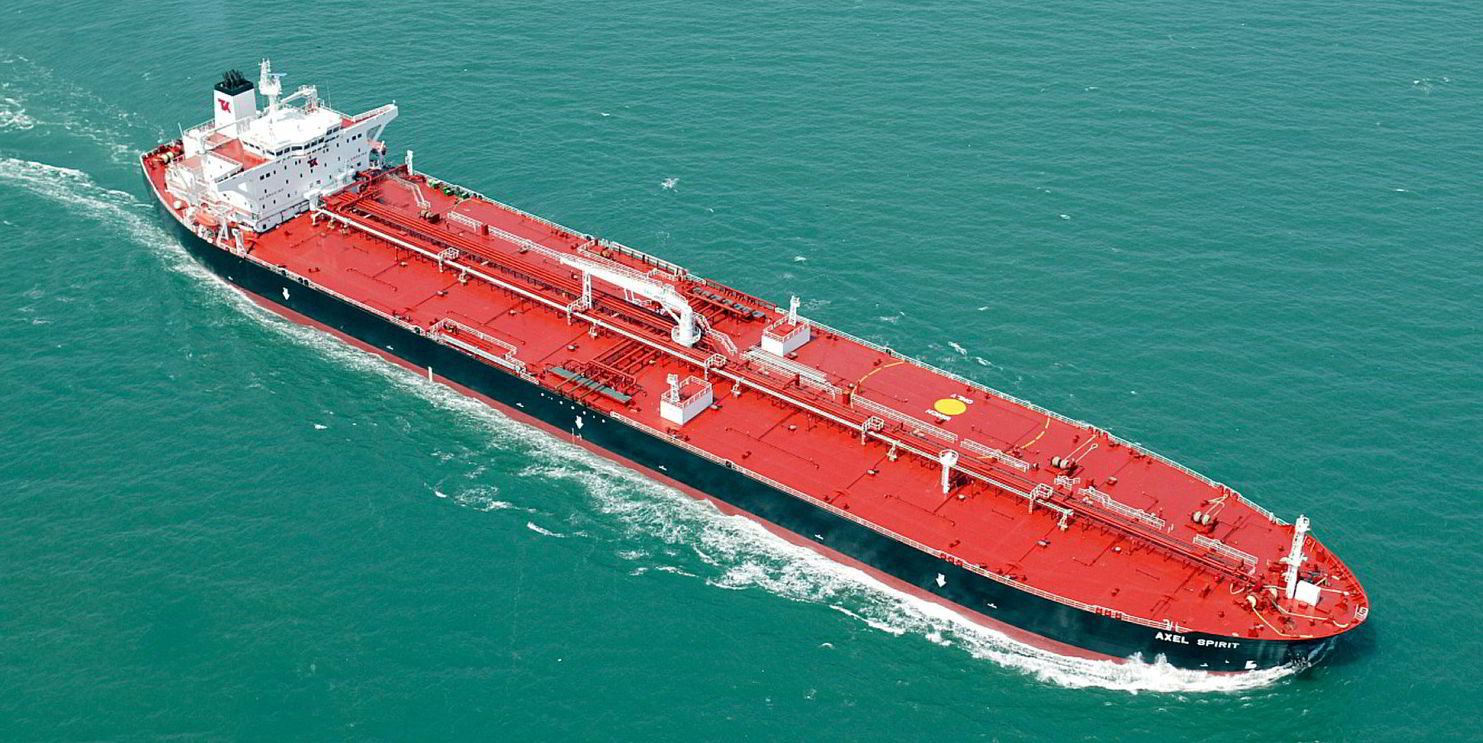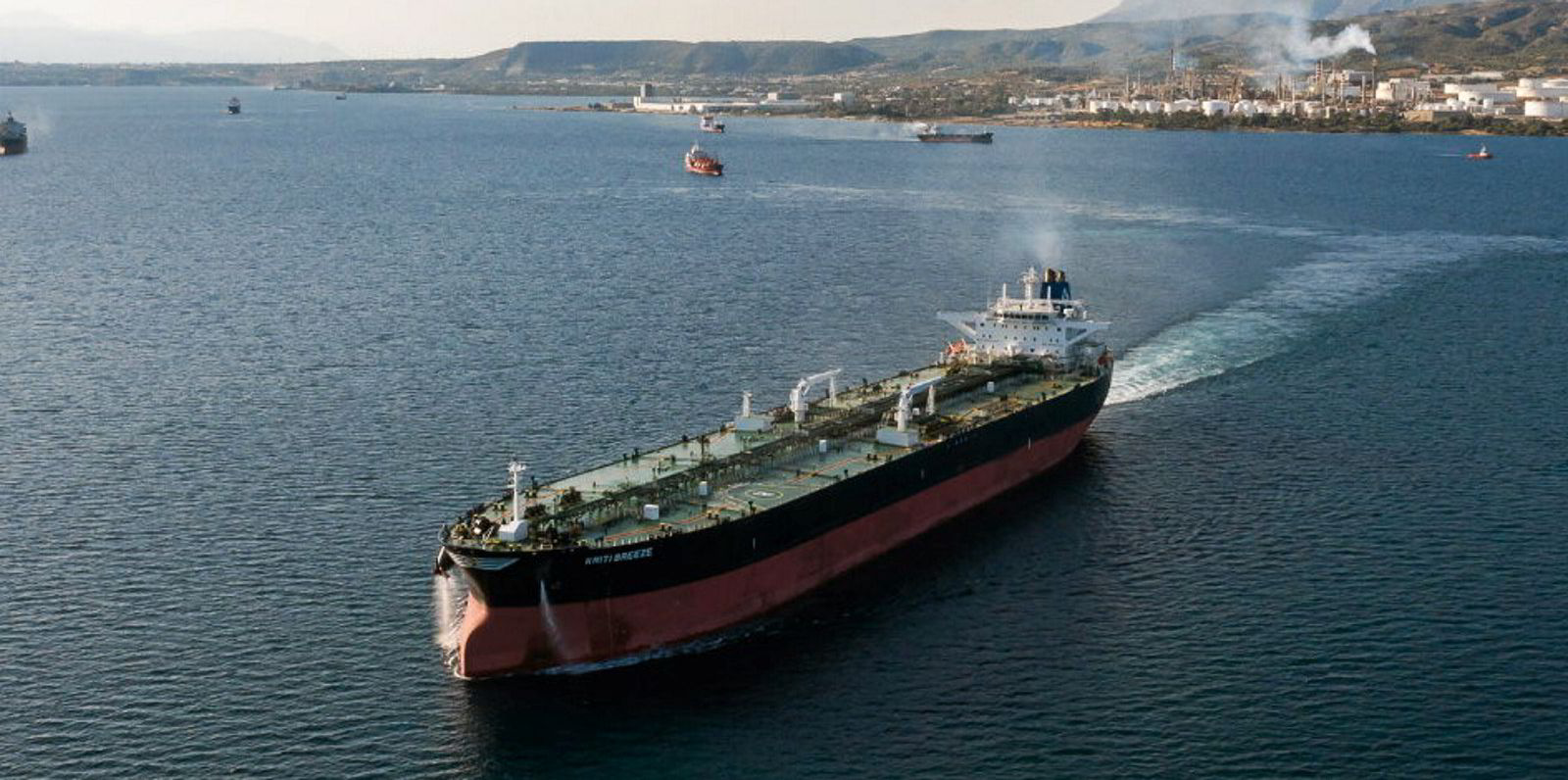Colombia’s majority state-owned oil company Ecopetrol has set up shop in Singapore as it looks to boost the sale of crude and other products to Asia.
“This is an important milestone for Ecopetrol and the country since it opens more borders for the negotiation and trading of our crude oil and refined products," said Pedro Manrique, commercial and marketing vice president of Ecopetrol.
"With this trading company, we will achieve a closer relationship with our current and potential clients in Asia, and at the same time will have a better and more effective understanding of this market to take full advantage of the opportunities there”
Crude oil volumes out of Colombia are fairly small. They were stable at about 32m tonnes per year over the period from 2017 to 2019, and dipped to 26m tonnes in 2020.
That is about 1.5% of global crude oil trade, and in volume terms it is comparable to Malaysian, Omani or Libyan crude exports.
“The problem for Colombia is that given their geographical location, they were focusing primarily on the American market,” Banchero Costa head of research Ralph Leszczynski told TradeWinds.
“Even last year, 38% of Colombian crude oil was shipped to the US, another 27% to Panama mostly to the Chiriqui Grande Terminal, which is a transshipment port, so that oil probably also ends up in the US or other parts of the Americas and to places like the Bahamas, Aruba, Bonaire and Jamaica,” he said.
Leszczynski said most of these flows are on panamax, aframax or suezmax tankers, given the short distances involved.

Historically only about 20% of Colombian crude has been shipped to Asia, mostly to China, but the volumes have begun increasing.
“Last year, there was a big jump in volumes to India, from 100,000 tonnes in 2019 to 1.8m tonnes in 2020. Last year, India accounted for 7% of Colombian crude exports,” said Leszczynski.
“I think their renewed attempt to target the Asian market comes mostly from the concern that the US market is now shrinking, as domestic production in the US has ballooned in recent years and overall imports of crude into the US are declining.
“Therefore, to try to diversify into the Asian market, be it China or India, is a necessary step as they can no longer rely on the US market alone,” he said.
Leszczynski said the big logistical challenge is that the oil terminals in Colombia are on the northern Caribbean coast, on the Atlantic side of the Panama Canal.
That makes them perfect for serving the US Gulf coast of the US, but far from ideal for exporting to Asia.
“The distance to market involved is, therefore, much greater than from competitors like Brazil or Nigeria, not to mention Saudi Arabia,” he said.
“Also, to export from Colombia to Asia, given the distance involved, you really need to use VLCCs to make it economically viable, but so far most exports from Colombia have used small vessels like panamaxes or aframaxes,” said Leszczynski.
“That said, there have been some rare examples of VLCC cargoes being loaded from Colombia’s Covenas Offshore Terminal to China and India in recent years, with full 270,000 tonnes stems, therefore there are no draft issues as such, and they are technically capable of sending full VLCC cargoes to Asia.”





